The Taipei City Government yesterday said it had reported Farglory Group (遠雄集團) and two architects overseeing the construction of the Taipei Dome to its disciplinary committees, and that it had upheld a punishment imposed on Farglory in May to halt the construction of the arena after the city government’s appeal review committee last month rejected an appeal by the group.
Taipei Department of Urban Development Commissioner Lin Jou-min (林洲民) made the announcements prior to a protest by a group of employees of companies involved in the Dome’s construction, who said the city government’s ordering the project to be halted infringed on their right to work.
Citing Article 18 of the Architects Act (建築師法), Lin said that the department had reported the architect overseeing the construction, Stan Lo (羅興華), and his predecessor, Hsu Shao-yu (徐少游), to the city’s Disciplinary Committee for Architects over professional negligence in overseeing the construction.
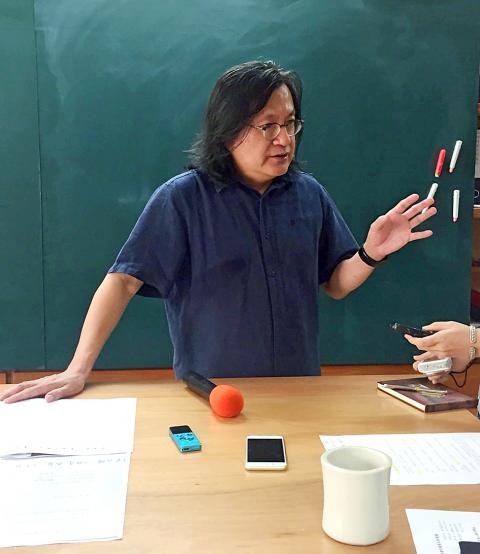
Photo: CNA
Meanwhile, Farglory and project co-contractor Obayashi Corp had been reported to the city’s Construction Enterprise Review Committee over their failure to carry out work according to the construction plan, alleged breaches of Article 26 and Article 35 of the Construction Industry Act (營造業法), Lin said.
Lin said the two architects could face punishments ranging from a warning, demerits or having their licence suspended for between two months and two years, to their licenses being revoked or invalidated.
Possible punishments that the construction companies and their specialists face include a warning and a suspension of their operations for between three months and one year, he said.
However, depending on the committees’ conclusions, the individuals and firms might not be punished, he added.
He said that although previous structural concerns surrounding the Dome, including the stability of its foundations and a purported “upward buoyancy force” caused by the suspended construction are under control, the project must meet four requirements before construction can be resumed.
First and foremost, it must pass a review administered by the Taiwan Architecture and Building Center, which would assess whether the project complies with a set of provisions, Lin said.
Then, it would have to pass an environmental impact assessment, an urban design review and, finally, a review of its construction licenses, he added.
Asked to comment on the protesters, Lin said that while the Taipei City Government is concerned about them, agreements between their companies and Farglory was not a matter the city government can intervene in.
Meanwhile, Taipei Mayor Ko Wen-je (柯文哲) called on Farglory to take a proactive stance on resolving public safety issues concerning the Taipei Dome, rather than threatening to file lawsuits.
Ko said that compared with safety concerns, he is less worried about the nominal royalties to be paid by Farglory should the Dome become operational, adding: “What good does money do if people are dead?”
Under a contract inked between then-Taipei mayor Ma Ying-jeou (馬英九) and Farglory, royalty payments required from the firm were set at zero to 1 percent of the arena’s annual revenues, which sparked controversy over Ma’s administration improperly benefiting the corporation, which was selected by the city government in 2004 to undertake the build-operate-transfer project.
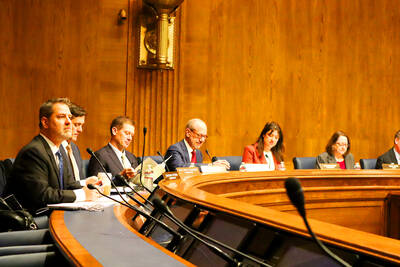
LIMITS: While China increases military pressure on Taiwan and expands its use of cognitive warfare, it is unwilling to target tech supply chains, the report said US and Taiwan military officials have warned that the Chinese People’s Liberation Army (PLA) could implement a blockade within “a matter of hours” and need only “minimal conversion time” prior to an attack on Taiwan, a report released on Tuesday by the US Senate’s China Economic and Security Review Commission said. “While there is no indication that China is planning an imminent attack, the United States and its allies and partners can no longer assume that a Taiwan contingency is a distant possibility for which they would have ample time to prepare,” it said. The commission made the comments in its annual
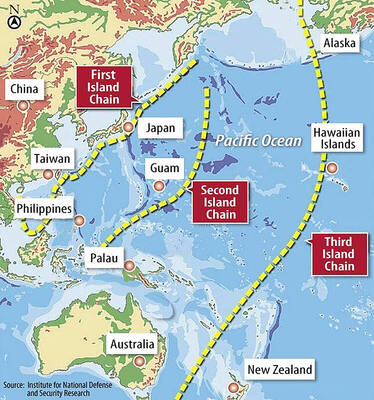
DETERMINATION: Beijing’s actions toward Tokyo have drawn international attention, but would likely bolster regional coordination and defense networks, the report said Japanese Prime Minister Sanae Takaichi’s administration is likely to prioritize security reforms and deterrence in the face of recent “hybrid” threats from China, the National Security Bureau (NSB) said. The bureau made the assessment in a written report to the Legislative Yuan ahead of an oral report and questions-and-answers session at the legislature’s Foreign Affairs and National Defense Committee tomorrow. The key points of Japan’s security reforms would be to reinforce security cooperation with the US, including enhancing defense deployment in the first island chain, pushing forward the integrated command and operations of the Japan Self-Defense Forces and US Forces Japan, as
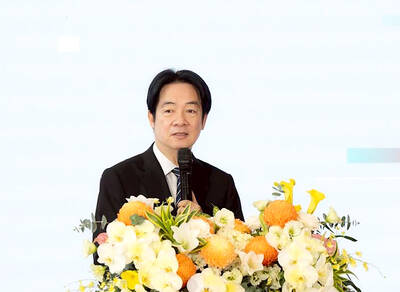
‘TROUBLEMAKER’: Most countries believe that it is China — rather than Taiwan — that is undermining regional peace and stability with its coercive tactics, the president said China should restrain itself and refrain from being a troublemaker that sabotages peace and stability in the Indo-Pacific region, President William Lai (賴清德) said yesterday. Lai made the remarks after China Coast Guard vessels sailed into disputed waters off the Senkaku Islands — known as the Diaoyutai Islands (釣魚台) in Taiwan — following a remark Japanese Prime Minister Sanae Takaichi made regarding Taiwan. Takaichi during a parliamentary session on Nov. 7 said that a “Taiwan contingency” involving a Chinese naval blockade could qualify as a “survival-threatening situation” for Japan, and trigger Tokyo’s deployment of its military for defense. Asked about the escalating tensions
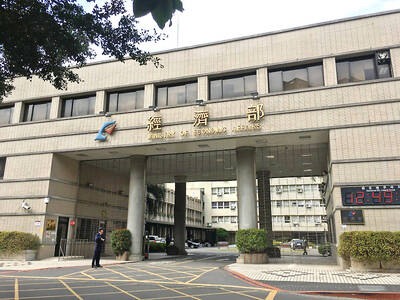
The Ministry of Economic Affairs said it plans to revise the export control list for strategic high-tech products by adding 18 items under three categories — advanced 3D printing equipment, advanced semiconductor equipment and quantum computers — which would require local manufacturers to obtain licenses for their export. The ministry’s announcement yesterday came as the International Trade Administration issued a 60-day preview period for planned revisions to the Export Control List for Dual Use Items and Technology (軍商兩用貨品及技術出口管制清單) and the Common Military List (一般軍用貨品清單), which fall under regulations governing export destinations for strategic high-tech commodities and specific strategic high-tech commodities. The